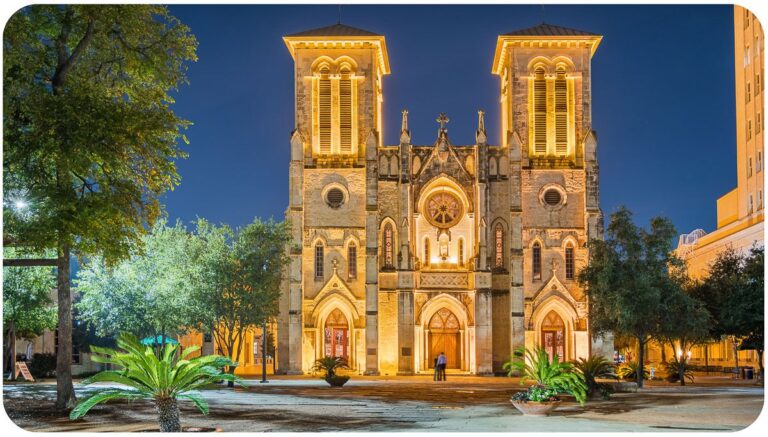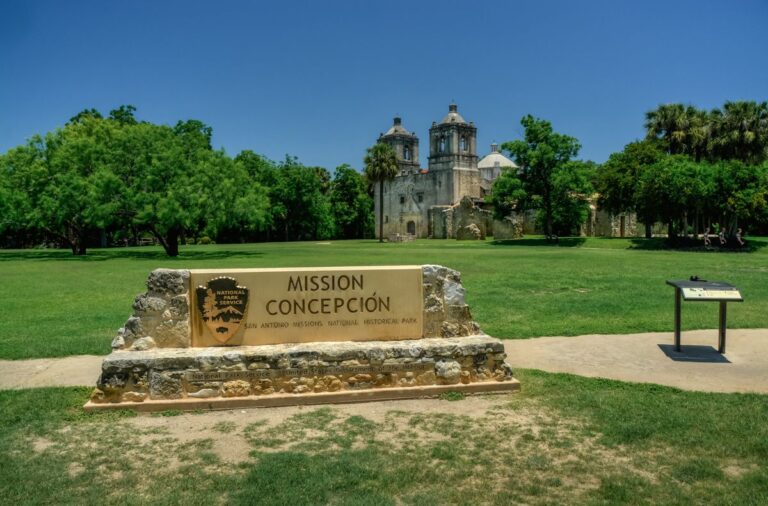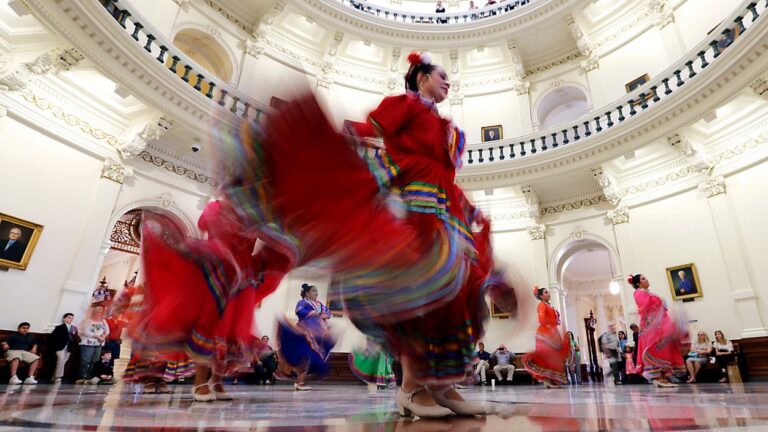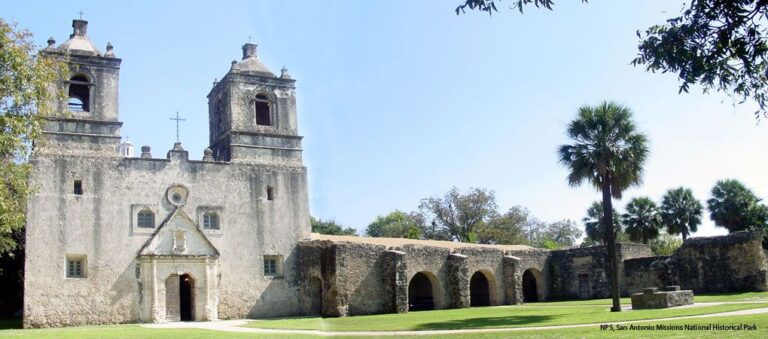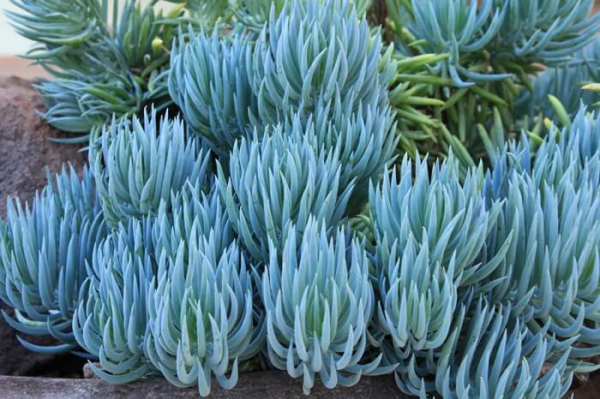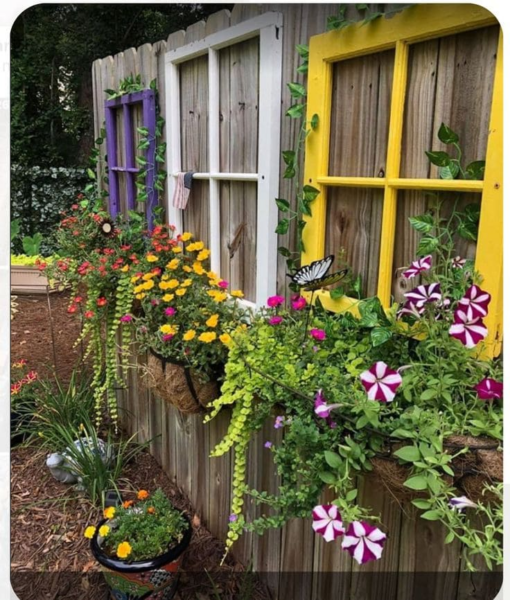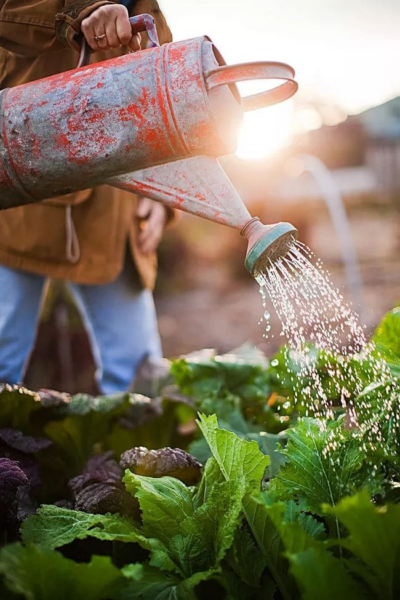The Impact of Spanish Art in Texas Culture
The relationship between Spanish art and Texas culture is one of profound significance, built over centuries of shared history. As a former Spanish colony, Texas carries the influence of Spain in its architecture, artistic traditions, music, and even its cuisine. This legacy has not only shaped the cultural identity of Texas but also continues to enrich its modern artistic landscape. In this extended exploration, we’ll uncover how Spanish art has left its mark on Texas, fostering a vibrant cultural exchange.
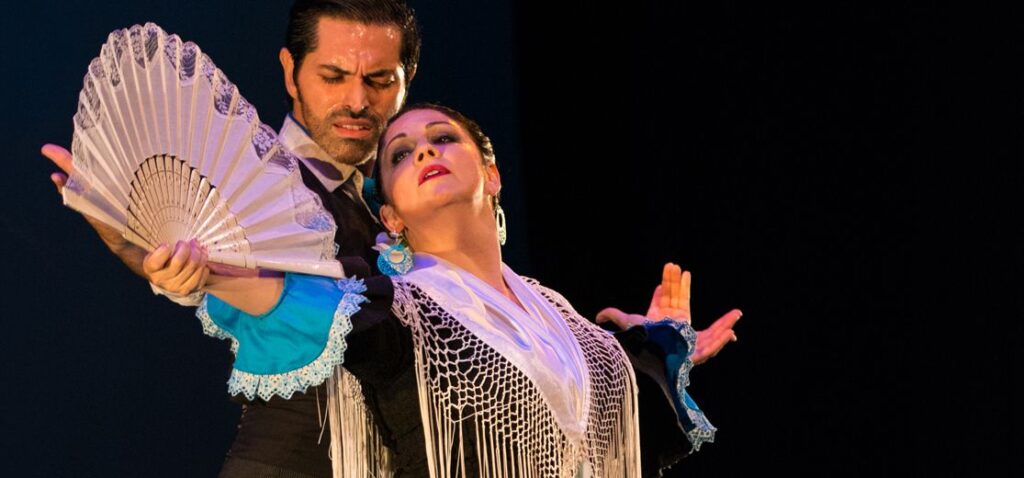
Source: inspiracionflamenca
1. Spanish Architecture: Foundations of Texan Design
A Testament to History: Spanish Missions
Spanish architecture is one of the most tangible forms of artistic influence in Texas. The Spanish missions, constructed during the 18th century, served as religious, social, and cultural centers. These architectural masterpieces, such as Mission San José, Mission Espada, and The Alamo, reflect the artistry and ingenuity of Spanish builders.
Key elements include:
- Baroque and Moorish influences: Visible in ornate facades, domes, and arches.
- Integration of indigenous motifs: Spanish architects often collaborated with local artisans, incorporating native symbols into their designs.
- Functional artistry: These missions were not just places of worship but hubs of education and community, with their design reflecting both beauty and practicality.
Today, many of these missions are UNESCO World Heritage Sites, attracting tourists and historians eager to explore their architectural and cultural significance.
Modern Architectural Homages
The Spanish Revival style continues to influence modern Texas architecture. Homes, churches, and public buildings often feature:
- Stucco exteriors and red-tiled roofs.
- Courtyards and fountains, reminiscent of Mediterranean designs.
- Decorative wrought iron and tiled mosaics, echoing Spanish artistry.
This enduring legacy highlights how Spanish art remains woven into Texas’ architectural fabric.
2. Folk Art: The Heart of Spanish Influence
Talavera Pottery: A Colorful Tradition
One of the most enduring forms of Spanish folk art is Talavera pottery, which arrived in Texas through Mexico. Characterized by vibrant blues, whites, and yellows, these ceramics are both functional and decorative. In Texas, Talavera tiles adorn:
- Kitchens and bathrooms in homes.
- Public plazas and murals in cities like San Antonio.
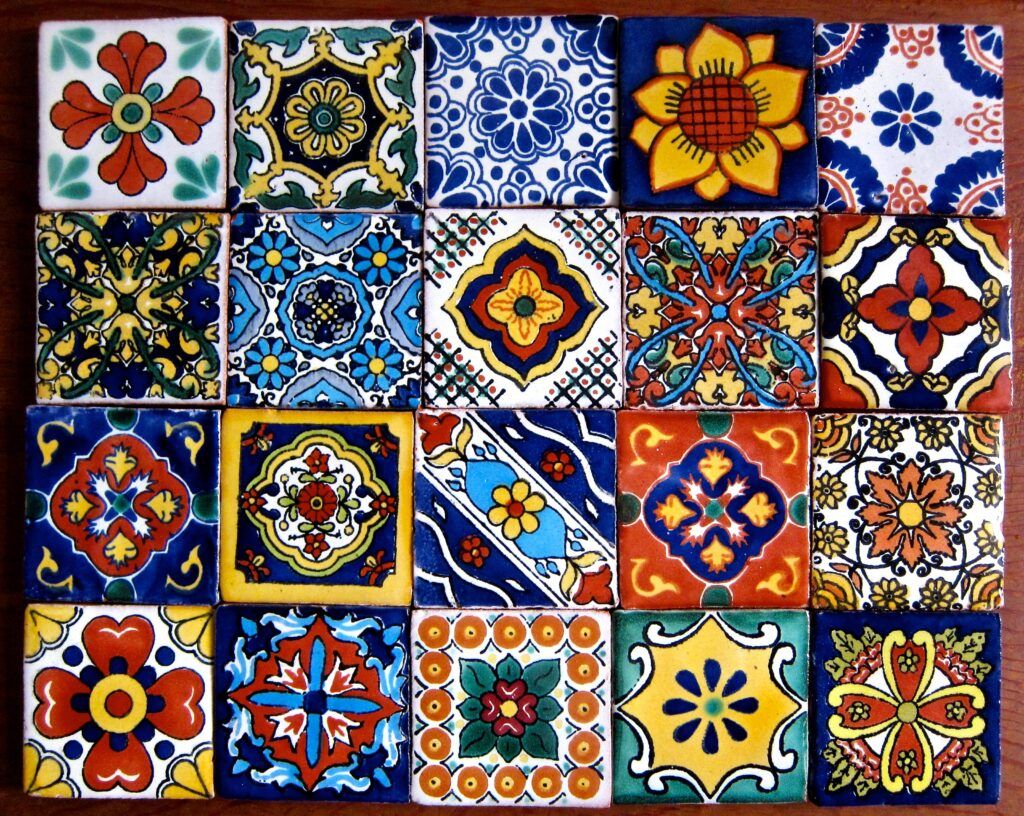
Source: blogs.loc
Retablos: Faith and Art Combined
Another Spanish artistic tradition that thrives in Texas is the creation of retablos, or devotional paintings. These small, religious artworks often depict saints, the Virgin Mary, or Christ, serving as both expressions of faith and examples of artistic skill. Retablos are cherished heirlooms in many Texan families, passed down through generations.
Textile Arts and Embroidery
Spanish influences also appear in textile traditions. The serape, a brightly colored woven shawl, is a staple in Texan cultural celebrations, blending Spanish techniques with local designs.
3. Spanish Music and Dance in Texas
The Flamenco Connection
Flamenco, with its intricate guitar melodies and passionate dance, has left an indelible mark on Texan culture. While Flamenco itself is rooted in Andalusian Spain, its spirit lives on in Texas through music and dance performances, particularly during cultural festivals.
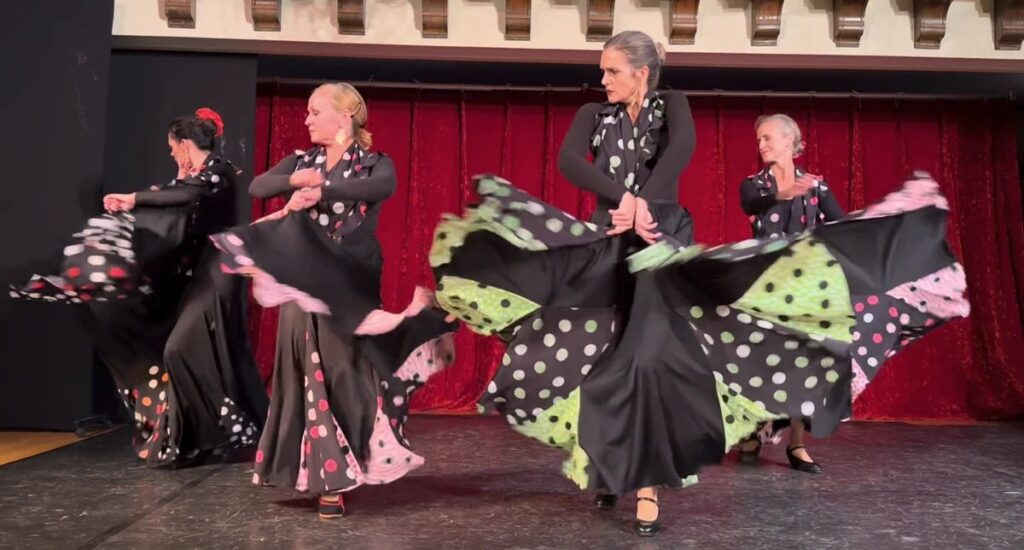
Source: melodyvasquez
Tejano Music: A Fusion of Traditions
Tejano music, a genre born in Texas, owes much to Spanish traditions. The Spanish guitar plays a central role, its melodies weaving through songs that tell stories of love, struggle, and triumph. Modern Tejano music blends these Spanish influences with Mexican and American styles, creating a sound that is uniquely Texan.
Cultural Festivals and Performances
Spanish dance forms are prominently featured in events like Fiesta San Antonio. Performers often don traditional Flamenco attire, showcasing the intricate footwork and dramatic flair that define this Spanish art form.
4. Spanish Fine Art: A Legacy of Inspiration
Masterpieces and Their Influence
The works of Spanish masters such as El Greco, Velázquez, and Goya have inspired generations of artists in Texas. Themes of spirituality, realism, and human emotion resonate in local art, influencing both traditional and contemporary pieces.
Modern Interpretations
Texan artists frequently reinterpret Spanish colonial themes, blending them with Southwestern motifs. Art galleries across the state, particularly in San Antonio and Austin, feature exhibitions that celebrate this fusion, drawing art enthusiasts from around the world.
Public Art Installations
Murals and sculptures in Texas cities often pay homage to Spanish heritage. For instance:
- Murals in San Antonio depict Spanish explorers and missionaries.
- Sculptures in urban parks blend Baroque design elements with modern aesthetics.
5. Festivals: A Celebration of Shared Heritage
Festivals in Texas often serve as vibrant reminders of the state’s Spanish roots. Some of the most notable include:
Fiesta San Antonio
This annual event celebrates the cultural diversity of San Antonio, with Spanish art, music, and dance taking center stage. Highlights include:
- Floral parades inspired by Spanish festivals.
- Art displays featuring traditional Talavera pottery and retablos.
Día de los Muertos
While primarily associated with Mexican culture, Día de los Muertos also incorporates Spanish artistic traditions. Altars (ofrendas) often feature Spanish-inspired decorations, such as intricate lace and ceramic figurines.
6. Spanish Cuisine: Artistry on the Plate
The influence of Spanish cuisine in Texas is undeniable, blending Mediterranean flavors with local ingredients. Some iconic examples include:
Traditional Dishes with a Texan Twist
- Paella: Often adapted to include Gulf Coast seafood.
- Churros: A popular dessert at festivals and fairs.
The Tex-Mex Connection
Tex-Mex cuisine owes much to Spanish culinary traditions, combining them with Mexican flavors to create dishes like enchiladas, tamales, and fajitas.
The presentation of these dishes reflects Spanish artistry, emphasizing color, texture, and freshness.
7. Education and Preservation: Keeping Spanish Art Alive
Museums and Historical Sites
Texas is home to numerous institutions dedicated to preserving Spanish art and history, including:
- The San Antonio Museum of Art, which houses a rich collection of Spanish colonial artworks.
- The Alamo, offering insights into the architectural and cultural significance of Spanish missions.
Educational Programs
Schools and community centers often host workshops on:
- Traditional Spanish crafts, such as tile making and embroidery.
- The history and cultural significance of Spanish art in Texas.
8. The Role of Spanish Art in Modern Texan Identity
In contemporary Texas, Spanish art is not just a relic of the past but a vibrant part of the state’s identity. Artists, musicians, and chefs continue to draw inspiration from Spanish traditions, ensuring that this cultural connection remains strong.
Conclusion
The impact of Spanish art on Texas culture is profound, shaping its architecture, music, festivals, cuisine, and identity. This artistic legacy is a testament to the enduring power of cultural exchange and the ability of art to transcend time and borders.
As Texas continues to grow, its Spanish roots provide a foundation of inspiration, celebrating the richness of a shared heritage that unites past and present.

